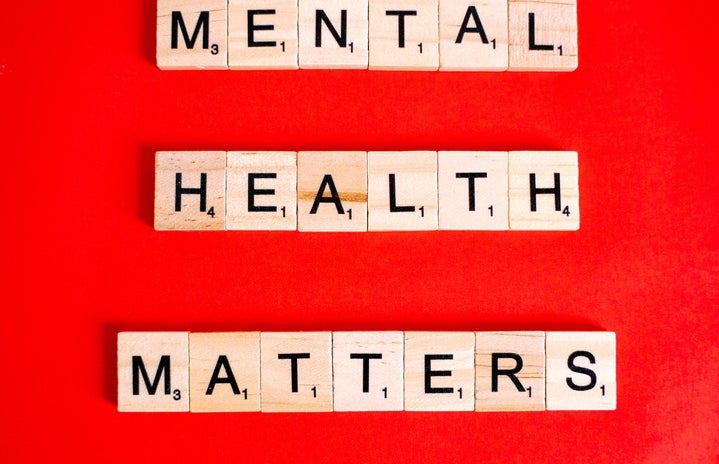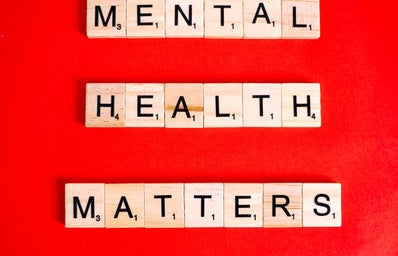Tech Tools for Mental Wellness in a Digital Age
In an era dominated by constant digital connectivity, the importance of mental wellness has taken center stage. The pervasive influence of technology on our lives, while offering numerous conveniences, can also contribute to stress and anxiety. However, the same technological landscape that presents challenges also provides innovative solutions. In this article, we explore how tech tools are becoming indispensable companions in the journey toward mental well-being.
With the tap of a finger, individuals can access a plethora of mental health apps designed to alleviate stress, anxiety, and promote overall well-being. Mindfulness and meditation apps, such as Headspace and Calm, offer guided sessions for relaxation and stress reduction. These apps often include features like daily reminders, sleep aids, and mood tracking to help users stay on top of their mental health goals. Digital therapeutics platforms are revolutionizing mental health care, offering alternatives to traditional counseling. These platforms connect users with licensed therapists through video calls, chat, or even virtual reality sessions. Companies like BetterHelp and Talkspace have gained popularity for providing accessible and convenient mental health support, breaking down barriers associated with the traditional therapy model.
Wearable devices are no longer just for tracking physical activity; they now include features focused on mental well-being. Devices like smartwatches and fitness trackers can monitor stress levels, provide guided breathing exercises, and offer insights into sleep patterns. By fostering a mind-body connection, these wearables empower individuals to make informed choices about their overall health. Artificial intelligence has entered the mental health landscape through innovative chatbot applications. These chatbots, equipped with natural language processing capabilities, provide users with a conversational space to express their thoughts and feelings. Some AI chatbots, like Woebot, even incorporate evidence-based therapeutic techniques to offer immediate support and coping strategies.
Virtual reality (VR) is emerging as a powerful tool for immersive therapeutic experiences. VR therapy can be used to simulate environments that help individuals confront and manage various mental health issues, such as phobias, PTSD, or anxiety disorders. This innovative approach expands the possibilities of mental health treatment by creating a safe and controlled virtual space for therapeutic interventions. As technology continues to advance, so too will the landscape of mental wellness tools. The integration of biometric data, advanced AI algorithms, and personalized interventions holds the promise of more targeted and effective mental health support. However, it is essential to approach these tools with a critical mindset, considering factors such as data privacy, ethical considerations, and the ongoing need for human connection in mental health care.
Amidst the hustle and bustle of our daily lives, cultivating better mental health doesn’t always require grand gestures; often, it’s the small, consistent steps that make a profound impact. Begin by incorporating short mindfulness exercises into your routine – take a few moments to focus on your breath during a hectic workday or practice gratitude by jotting down three things you’re thankful for each morning. Embrace the power of movement; a brisk walk, a 10-minute stretching session, or even a quick dance break can release endorphins and alleviate stress. Prioritize quality sleep by establishing a calming bedtime routine and limiting screen time before sleep. Unplug periodically; allocate dedicated moments to disconnect from technology, fostering genuine human connections. Finally, engage in activities that bring joy, whether it’s reading a favorite book, trying a new hobby, or spending time in nature. These seemingly modest adjustments can weave resilience, fortifying our mental well-being in daily life.

